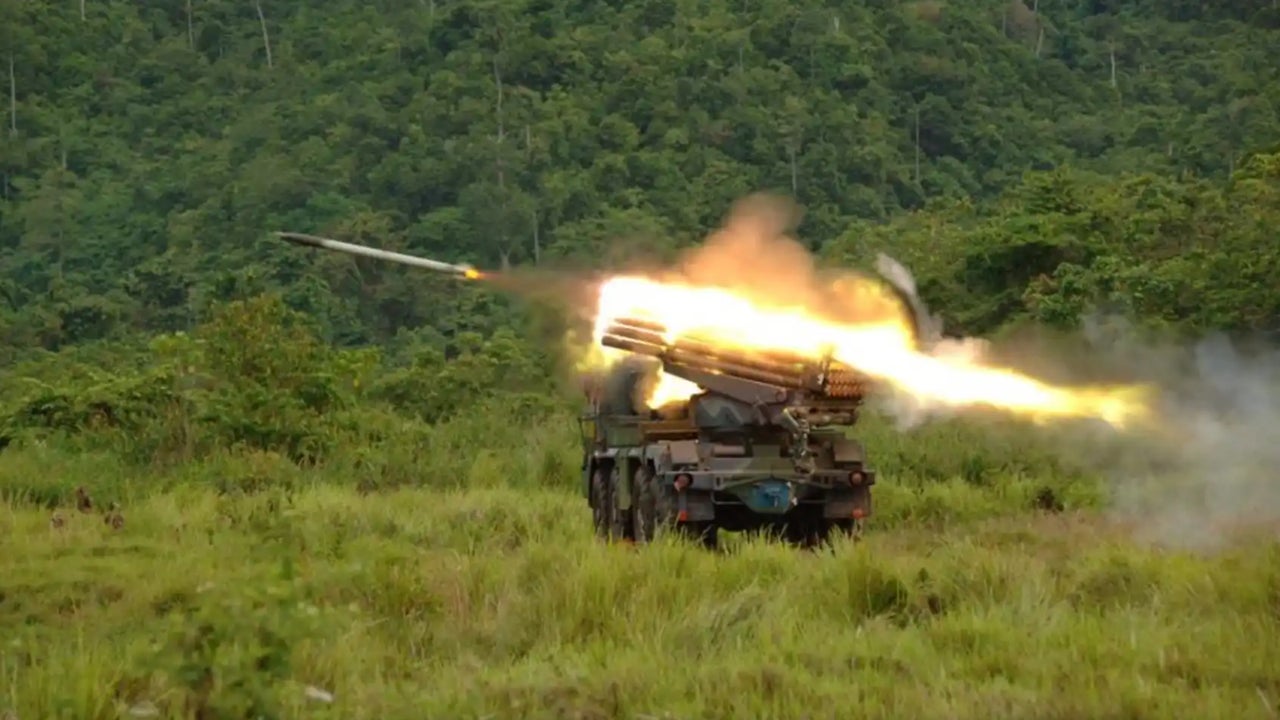Russian anti-aircraft defense shot down this weekend dozens of Ukrainian RM-70 missilesfired from Ukrainian territory by Vampire multiple rocket launchers (MLRS), in the Russian region of Belgorod, while clashes continue along the border between the two countries.
Volodimir Zalenski's troops have been using the MLRS Vampire system since the beginning of the war. They are standard artillery systems that have been frequently fired in cross-border attacksexplained Marina Mirón, postdoctoral researcher at the Department of War Studies at King's College London.
The systems are used to “concentrated bursts of fire”, launching up to 40 missiles in less than a minute, Mirón stressed to Newsweek. They are typically used to target military equipment or troops, he added.
The Vampire is a Czechoslovakian version of the Soviet BM-21 Grad MLRS.. Its development took place in the late 1960s, until it entered service for the first time in 1971, a turbulent time in which anti-communist dissidence led by Vaclav Havel and the Charter 77 movement began to emerge in Czechoslovakia.
This rocket launcher is integrated into the chassis of the Tatra T-815-7 8×8 truck with a Tatra T3C V12 engine, which allows you to reach a speed of up to 90 km/h. The cabin has been reinforced with new armor that provides protection to its four crew members.
Bombings have become commonplace and the region's governor, Vyacheslav Gladkov, said on Monday that two people had been killed in attacks across the border in the village of Nikolskoe, south of the city of Belgorod.
Ukraine may be making more use of the Vampire MLRS in recent weeks due to a shortage of 155mm artillery ammunition, Miron suggested. Vampire MLRS uses 122mm rockets. “One could assume that Ukraine has more 122mm caliber shells, which explains the heavy reliance on Vampire,” she added.
This Sunday, Moscow also stated that there had “stopped all attempts to penetrate the border territory of the Russian Federation” around the village of Kozinka in Belgorod by what he called “sabotage and reconnaissance groups of Ukrainian militants.”

